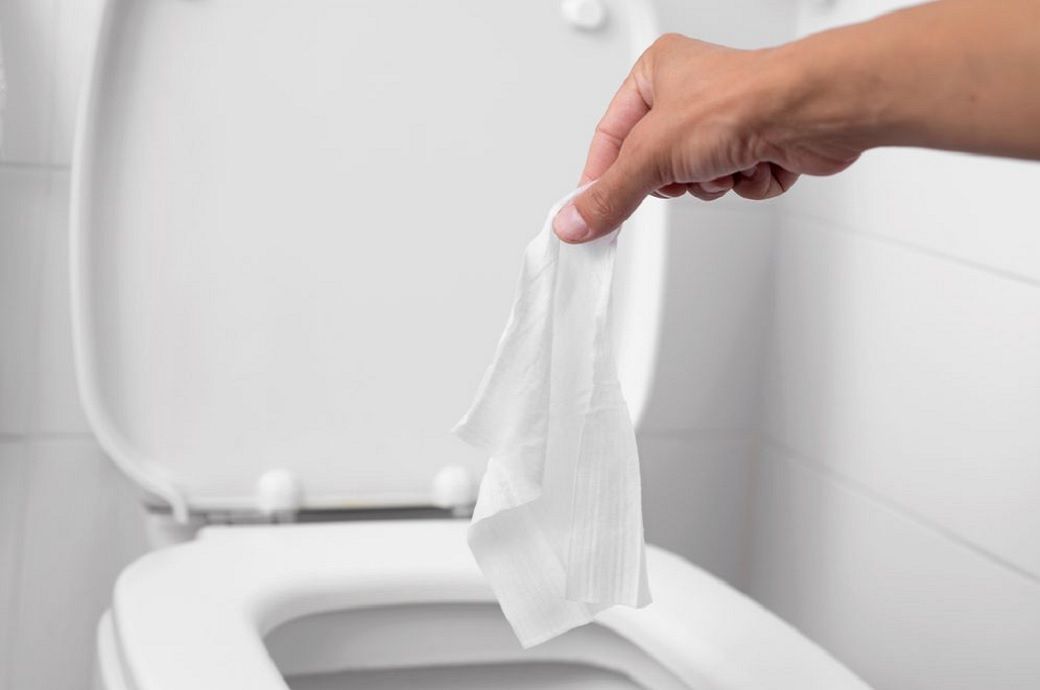
This challenge has led to a surge in demand for flushable, dispersible, and biodegradable wet wipes, especially in the personal hygiene sector. Forward-thinking manufacturers are now focused on developing solutions that balance performance, convenience, and environmental responsibility.
Innovative Technologies Behind Flushable Wipes
Modern wetlaid technology has made it possible to create flushable wipes that are strong, safe, and fully compatible with environmental standards. This advanced nonwoven technology not only improves product functionality but also reduces the ecological footprint of production.
KM-Aquaformer Systems: A New Era in Hygiene Manufacturing
The KM-Aquaformer system is designed to produce nonwoven wipe substrates that meet the latest flushability standards, including GD4 guidelines. With a strong emphasis on sustainability, efficiency, and fiber recovery, this system offers a reliable pathway to eco-friendly hygiene production.
By integrating wetlaid technology in a single process, the KM-Aquaformer enables the production of high-performance nonwovens using renewable, natural fibers, such as viscose, lyocell, and wood pulp, without compromising durability or comfort.
Natural Fibers and Sustainable Nonwovens
Using natural and biodegradable fibers in the production process is a key advantage of wetlaid integration. Materials made with cellulose-based fibers are not only safe for wastewater systems but also compostable and environmentally friendly.
This sustainable approach supports both eco-conscious consumers and regulatory compliance, making it ideal for companies looking to future-proof their hygiene products.
Conclusion: Sustainability Meets Hygiene
The future of hygiene lies in combining biodegradability, flushability, and natural materials without sacrificing convenience. Through technologies like KM-Aquaformer, manufacturers can deliver products that meet growing environmental expectations while maintaining high standards of cleanliness and performance.
As the demand for sustainable wet wipes grows, embracing innovative, fiber-friendly solutions will be critical to protecting both human health and the planet.
ALCHEMPro News Desk (RM)
Receive daily prices and market insights straight to your inbox. Subscribe to AlchemPro Weekly!